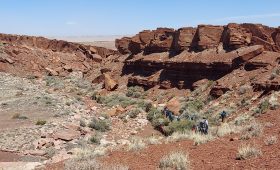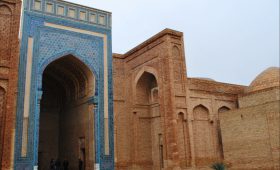Exploring the Churute Mangroves Ecological Reserve in Ecuador
Churute Mangroves Ecological Reserve is a remarkable destination in Ecuador, offering a unique blend of biodiversity and natural beauty. Spanning approximately 49,000 hectares, this reserve is a sanctuary for nature enthusiasts and wildlife observers.
Ecological Diversity and Wildlife
The reserve is a biodiversity hotspot, home to over 200 bird species. Birdwatchers can spot ducks, herons, and woodpeckers, among others. The lakes within the park are ideal for observing aquatic birds and tortoises. Keep an eye out for the endangered Mantled Howler Monkeys and various reptiles like the green iguana.
In addition to birds and mammals, the reserve’s inlets are inhabited by shrimp, crabs, and other aquatic life. The presence of these species highlights the ecological richness of the area.
Mangrove Forests and Flora
The mangrove forests are a key feature of the reserve, providing a critical habitat for numerous species. Canoe trips through these areas offer a chance to see the intricate root systems and diverse fauna. The dry forests nearby are home to oak, ebony, silk-cotton trees, and balsa, with orchids and bromeliads adding to the lush landscape.
Best Time to Visit
The reserve is accessible year-round, but the dry season from June to November is ideal for navigating the channels and spotting wildlife. During the wet season, from December to May, bird enthusiasts can enjoy the arrival of migratory birds and their vibrant displays.
Getting There and Exploring
To visit the Churute Mangroves, fly into Guayaquil, Ecuador’s largest city. From there, it’s about a 1.5-hour drive to the reserve. Hiring a car or joining a guided tour are both viable options. Once at the reserve, exploring by boat is recommended. Local guides offer tours that provide insights into the area’s flora, fauna, and conservation efforts.
Hiking is also an option for those who prefer to explore on foot, offering a different perspective of the reserve’s diverse ecosystems.
While the reserve offers incredible wildlife and natural beauty, visitors should be prepared for the challenges of navigating dense mangrove areas and the potential for variable weather conditions. Proper planning and guidance can enhance the experience, making it both educational and memorable.




